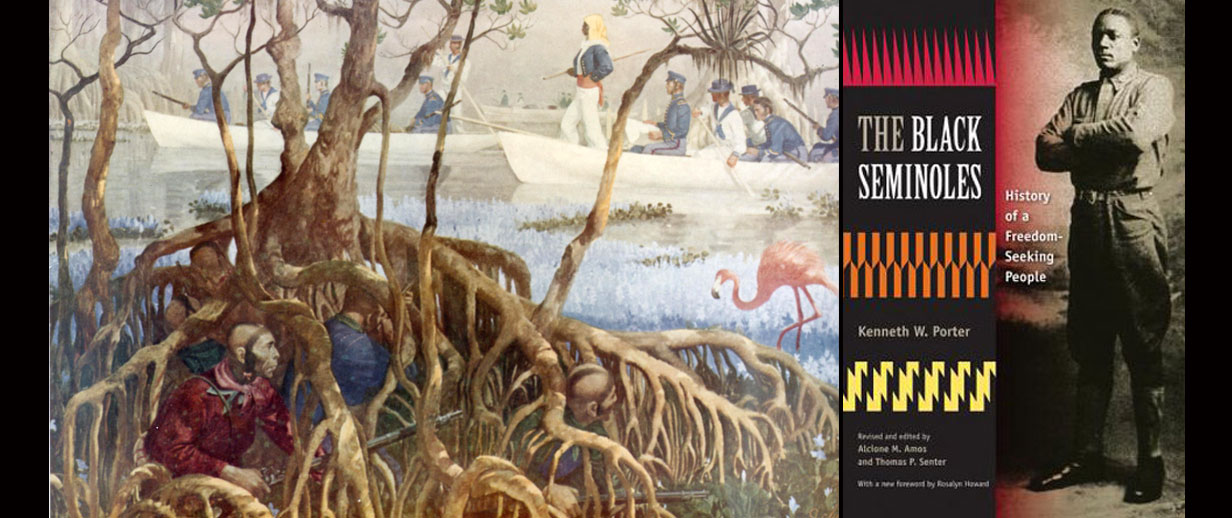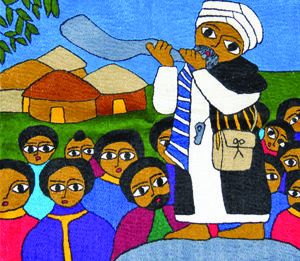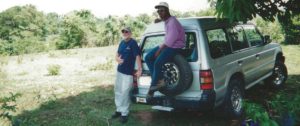–A History of a Freedom Seeking People –
In the late 1700s and early 1800s African slaves in Georgia often escaped, making their way to Florida where they taken in by Seminole tribes, becoming ostensibly Seminole slaves. It was not a master-slave relationship as the Africans had endured in the United States. The relationship was more symbiotic: the slaves and the Seminoles lived cooperatively and harmoniously and had mixed-race offspring.
Eventually the black Seminoles fought beside their kinsmen, defeating the United States Army in the first (1817-1818), second (1835-1842), and third (1855-1858) Seminole wars. The Seminoles were never defeated and to this day, technically and even though Seminoles fought for the United States in the First and Second World Wars, a state of war exists between the United States and the Seminole people.
Some of the black Seminoles, led by Chief John Horse, left with other Seminoles, transported by the U.S. army to Oklahoma. From there many migrated to Mexico and eventually many of those returned to fight on the side of the Union during the Civil War. It should not be surprising to learn that these black Seminole soldiers were not paid for their Civil War service and were denied pensions, despite promise of this recompense by the United States.
I highly recommend this book; its extensive research is well documented. It’s clearly written. It tells a very important part of the black history of the United States, and in particular a history of Florida, a history of Oklahoma, a history of the Civil War, a history of a resilient, proud, strong, intelligent people. Those of you who’ve read The Speed of Life, an Illustrated Novel know about the principal characters who are part black, part Seminole. My preparatory research for The Speed of Life included reading a lot of history as well as a lot of travel and personal investigation. Wanting my characters to have verisimilitude, I had to know their history. The Black Seminoles by Kenneth W.Porter was one of the more interesting books I read as part of that research.
















































